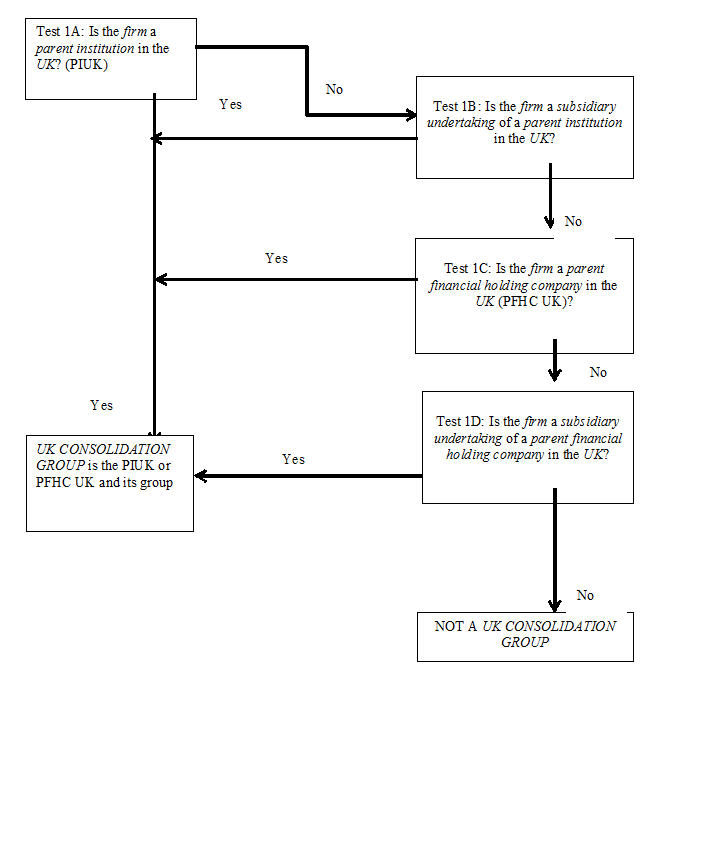BIPRU 8.1 Application
1This chapter applies to:
-
(1)
a BIPRU firm that is a member of a UK consolidation group;
-
(2)
a BIPRU firm that is a member of a non-UK sub-group5; and2
-
(3)
[deleted]2
2 -
(4)
a firm that is not a BIPRU firm and is a parent financial holding company in the UK5 in a UK consolidation group.
This chapter does not apply to a firm in BIPRU 8.1.1R (1) to BIPRU 8.1.1R (3) which is a member of the UK consolidation group or non-UK sub-group5 if the interest of the relevant UK consolidation group or non-UK sub-group5 in that firm is no more than a participation.
3Where a group includes one or more BIPRU firms and one or more IFPRU investment firms which has permission under article 19 of the UK CRR45 (Exclusion from the scope of prudential consolidation) from the FCA not to be included in the supervision on a consolidated basis of the group of which it is a member, consolidated supervision under BIPRU 8 applies to those IFPRU investment firms and the BIPRU firms.
Purpose
Pursuant to the third paragraph of article 95(2) of the UK CRR, this chapter applies provisions corresponding to5 articles 71, 73(1) and (2), 125, 5127(1), 133 and 134 of the Banking Consolidation Directive and articles 2 (in part), 22-27 and 37(1) (in part) of the Capital Adequacy Directive.
3 3How this chapter is organised
BIPRU 8.2 sets out the definition of UK consolidation group and the basic requirement to apply financial resources and concentration risk requirements to that group on a consolidated basis.
BIPRU 8.3 sets out the definition of a non-UK sub-group5 and the basic requirement to apply financial resources and concentration risk requirements to that group on a consolidated basis.
BIPRU 8.4 sets out how a group of CAD investment firms can apply for a waiver from consolidated capital requirements although remaining subject to consolidated supervision (including reporting requirements).
BIPRU 8.5 sets out the basis for including and excluding undertakings within the group for the purposes of consolidation.
BIPRU 8.6 sets out the calculation of the consolidated capital resources of a group and the limits that apply.
BIPRU 8.7 sets out the calculation of the consolidated capital resources requirement of a group.
BIPRU 8.8 deals with the application of advanced prudential calculation approach on a consolidated basis.
BIPRU 8.9 sets out consolidated concentration risk requirements.
Consolidation requirements for BIPRU firms elsewhere in the Handbook
SYSC 12 (Group risk systems and controls requirement) deals with systems and controls requirements for groups.
GENPRU 1.2 (Adequacy of financial resources) deals with the detail about how GENPRU 1.2 applies on a consolidated basis although the underlying requirement to apply it on a consolidated basis is in BIPRU 8.2 and BIPRU 8.3.
BIPRU 11 (Disclosure) itself deals with how that chapter is applied on a consolidated basis.
GENPRU 3.1 (Cross sector groups) deals with financial conglomerates.
GENPRU 3.2 (Prudential rules for third country groups) deals, amongst other things, with banking and investment services groups headed by a parent undertaking outside the UK5.

